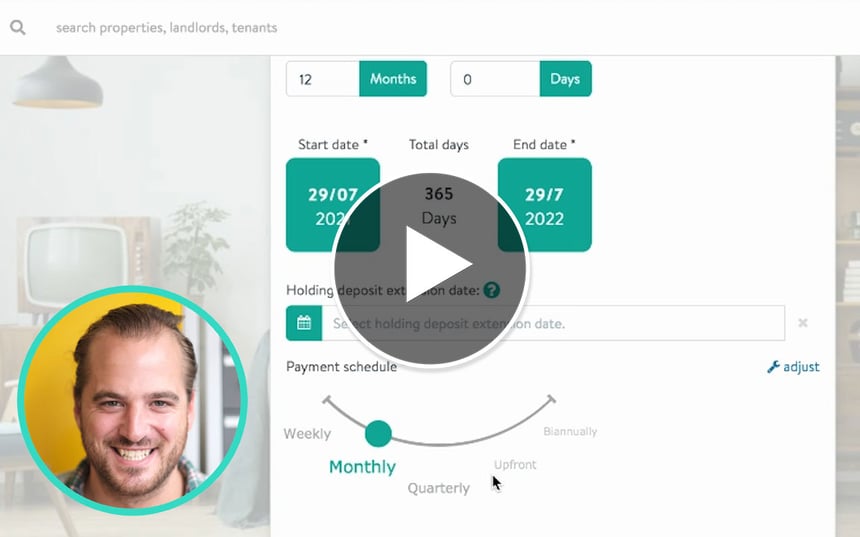How do property inventories affect deposit claims for letting agents and landlords?
The Tenancy Deposit Scheme (TDS) was asked whether an inventory is required to make a deposit claim - and this was its response.
At the Tenancy Deposit Scheme (TDS), we get asked about the importance of inventories to tenant deposits a lot, particularly when it comes to any end of tenancy disputes. Here's a breakdown of what your agency needs to know about how inventories may affect any claim you may need to make on a tenants' deposit.
What is a tenant deposit?
A tenancy deposit is an amount of money taken by a landlord and held in security against the tenant’s obligations under the tenancy agreement. Deductions made from a tenancy deposit should be to remedy a loss suffered by the landlord, and is most commonly used to pay for cleaning, damage, or to settle rent arrears.
See this guide to tenancy deposits under the Tenant Fees Act 2019 for more information.
What happens if there's a deposit dispute?
If the tenant challenges the deductions, the burden of proof lies initially with the agent or landlord to show that the tenant has breached the tenancy agreement, and that the landlord has suffered a loss due to that breach.
That's where inventory reporting comes in. Inventories are a tried and tested way of demonstrating the contents and condition of the property at the start and end of the tenancy, and are a key piece of evidence to support a tenancy deposit deduction. However, you don’t need one to submit a deposit dispute.
What is an inventory report?
Property inventories are documents that report on the condition of the house and its contents at the time of assessment.
These assessments are performed at the beginning of the tenancy - the check in - and again at the end - the checkout. Agents or landlords can compile the inventory themselves, or an independent inventory clerk can complete this task.
What should be included in an inventory report?
You should try to capture a comprehensive report on the condition of the property when conducting the check-in inventory.
Documenting whether the property has been professionally cleaned or recently decorated, as well as whether odours, surface markings, or exterior conditions are present.
If you don't have comprehensive notes, you won't be able to verify any change in condition at the end of the tenancy. If you can, include pictures at the same time.
If you have a check-in report and a check-out report, but no inventory, will you still be able to make a claim?
The terms check-in report, inventory, and schedule of condition are often interchangeable. In its purest form, an inventory is a list of items.
There are circumstances where other evidence can be helpful if you're missing a comprehensive inventory report, such as detailed cleaning invoices from just before the start of the tenancy, or a receipt for a new oven.
TDS is not prescriptive about the evidence, but we do recommend that you have a thorough check-in and check-out report. In our experience, that's the best possible evidence and should assure all parties that the condition of the property has been recorded and agreed upon.
In short, if all parties agree to the deductions, TDS will never ask for any supporting documentation. However, if a dispute is raised over the return of the deposit, you're more likely to be successful in your claim if you have documentary evidence, such as an inventory/check-in report.
Typically, where the claim is due to a change in condition of the property - as opposed to rent arrears - we'd expect to see the tenancy agreement, check-in and check-out reports and quotations, invoices or receipts to quantify the extent of the loss.
To explore inventory further, you can check out our free guide to Inventory and Check in/Check out or learn more about Inventory Accreditation.
Article originally published at tenancydepositscheme.com. TDS integrates with Goodlord, giving customers the chance to save up to 10 minutes per tenancy. Learn more about the integration.










